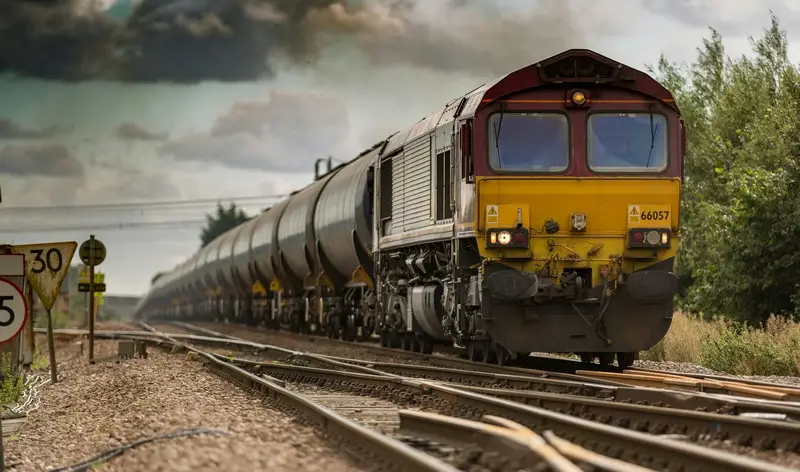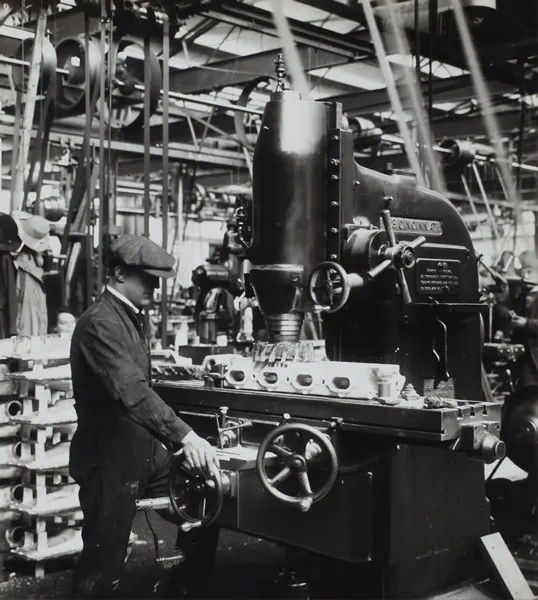Table of Contents
- A Brief History of British Train Privatisation
- Fragmentation and Systemic Inefficiencies
- Impact on Service Quality and Accessibility
- The Role of the State and Renationalisation Debates
- Lessons from the British Rail Experience
- Conclusion
The privatisation of the British rail system stands as one of the most ambitious attempts to liberalise a key public service. Initiated in the 1990s under the Conservative government of John Major, privatisation was justified on the grounds of increasing efficiency, reducing costs, and improving service quality. However, in the decades since its implementation, it has become evident that the promises of privatisation have largely fallen short. The British railway privatisation experience has sparked considerable debate over the legitimacy of turning public services into profit-driven enterprises. This article explores the consequences of British train privatisation, focusing on how neoliberal policies influenced public transport and their implications for wider society.
A Brief History of British Train Privatisation
In 1993, the Conservative government passed the Railways Act, which set in motion the privatisation of British Rail. At the time, the British rail network was nationalised, operating as a single entity known as British Rail. This system had been in place since 1948, following World War II, when the government took control of rail to unify and stabilise transportation infrastructure. However, in the early 1990s, the government’s enthusiasm for the benefits of privatisation led to the dismantling of British Rail and its fragmentation into multiple entities, each focusing on different elements of the network—most notably separating the management of infrastructure from the operation of train services.
The newly privatised system had distinct components: Railtrack, which managed rail infrastructure, and several private Train Operating Companies (TOCs) that ran passenger services. The underlying premise was that competition between TOCs would drive efficiency and improve service quality, ultimately benefiting consumers.
The Neoliberal Promise
The privatisation of British rail was informed by a broader neoliberal agenda that dominated economic thinking during the late 20th century. Advocates of privatisation argued that introducing market principles into public services would curb inefficiency, reduce the financial burden on taxpayers, and generate better services for consumers. The notion that the private sector, motivated by profit and subjected to market competition, could outperform the state in delivering public goods seemed compelling to many at the time.
The transformation of British railways was thus rooted in these neoliberal principles, assuming that private operators, incentivised to maximise revenue, would find innovative ways to deliver faster, cheaper, and more efficient services. In theory, the separation of track and train services would lead to dynamic partnerships between TOCs and infrastructure providers, supposedly spurring efficiency. However, the lived reality has been far less straightforward.
Fragmentation and Systemic Inefficiencies
One of the significant consequences of train privatisation was the fragmentation of the railway system. Instead of one cohesive national entity, the railways were divided into numerous companies, each responsible for different aspects of rail service delivery. Railtrack, later succeeded by Network Rail, was given the mandate to maintain and upgrade the tracks, while multiple TOCs competed for franchise contracts to run passenger services.
The fragmentation led to considerable challenges in coordinating services across the rail network. Under the nationalised system, British Rail operated as a vertically integrated entity, allowing seamless coordination between train operations and infrastructure management. By contrast, privatisation introduced a more complex structure with disjointed responsibilities, resulting in communication gaps and conflicting priorities.
For example, TOCs focused on maximising profit often found it challenging to collaborate effectively with the infrastructure manager. Delays in infrastructure repairs and maintenance directly impacted the ability of TOCs to deliver reliable services, and the lack of synchronisation often led to service disruptions. Furthermore, the divided structure created administrative inefficiencies, as different stakeholders pursued their own financial interests rather than those of passengers. This disconnect was starkly illustrated by the 2000 Hatfield rail crash, where a failure in communication between Railtrack and TOCs contributed to a devastating accident.
Rising Costs and Fares
One of the key promises of privatisation was a reduction in costs and improvements in operational efficiency. However, the reality has been far from this ideal. Instead of achieving significant cost savings, privatisation led to an increase in the overall cost of running the railways. The complex structure of franchising, combined with the profits sought by TOCs and the need for government subsidies, has resulted in a highly expensive system.
The cost to the taxpayer for supporting the privatised rail system has been significantly higher than under British Rail. Initially, the government anticipated that privatisation would eliminate the need for subsidies. However, the system proved unsustainable without substantial financial support from the state, as many TOCs struggled to remain profitable while maintaining service levels. Ultimately, public subsidies increased, challenging the original neoliberal vision of reducing state intervention.
The rising operational costs also had a direct impact on passengers. Train fares in the UK are among the highest in Europe, creating a significant burden on commuters and deterring people from using the service. Inconsistent pricing structures, peak-hour surcharges, and frequent fare increases have made rail travel prohibitively expensive for many citizens. This trend contradicts the goal of encouraging public transport use as a sustainable alternative to car travel, ultimately exacerbating congestion and environmental issues.
Impact on Service Quality and Accessibility
Another significant issue that emerged from privatisation has been the uneven quality of service across the rail network. With profit as the primary motivation, TOCs have shown a tendency to focus on high-revenue routes, such as intercity services, while regional and rural lines have suffered from neglect. This divergence has resulted in significant disparities in rail access across the country, with some regions benefiting from frequent and modern services, while others experience sporadic, outdated, and inadequate provisions.
Moreover, the fragmentation of services between different TOCs has complicated the passenger experience. Unlike a nationalised system where a single operator runs all services, privatisation created a patchwork of different operators, each with its own ticketing system, pricing policies, and customer service standards. For passengers, this means increased difficulty in navigating the rail system, particularly for cross-regional journeys involving multiple operators.
Impact on Workers
The impact of privatisation has also been evident in the working conditions of railway employees. The split of British Rail led to different TOCs employing their own staff, each with distinct employment contracts and terms. This division weakened workers’ collective bargaining power, resulting in uneven pay and conditions across the sector. The rise of casual and zero-hour contracts, as well as the reduction of station staff in favour of cost-saving measures, has further undermined job security.
The shift from a unified workforce under British Rail to fragmented employment arrangements led to significant reductions in workforce solidarity, contributing to industrial disputes and strikes. These disputes often culminated in further disruptions to services, negatively affecting passengers and diminishing the appeal of rail travel.
The Role of the State and Renationalisation Debates
Get the full article AD FREE. Join now for full access to all premium articles.
View Plans & Subscribe Already a member? Log in.





